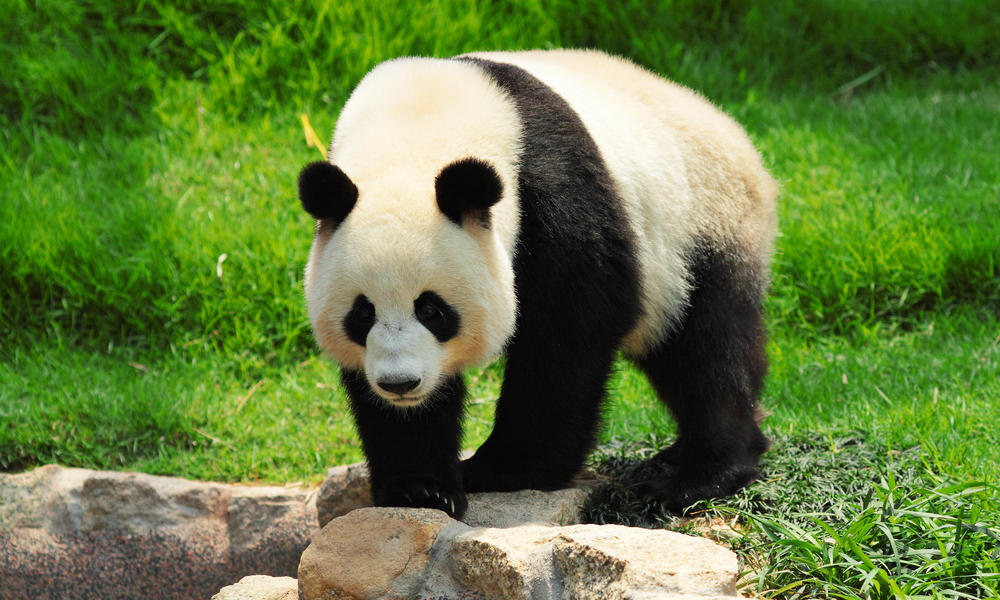
Pandas are dying out mainly because of one main reason: habitat loss. Their main source of food is bamboo, which takes a long time to grow. This problem wasn't present when pandas were spread throughout the massive south-east of Asia, including China. Hence, when a forest of bamboo was being consumed by them, or a forest bloomed out, they could simply move to another bamboo forest, but as the forests have been cut down the Pandas are finding food supply harder to find after a bloom out. Industrialization needs people to clear off these ranges or lands for factories and agriculture. Hence, bamboo forests in Asia started to decline tremendously. Wild pandas have been reported to die because of starvation simply because they cannot reach the next bamboo forest quickly enough, or at all. Habitat fragmentation affects their feeding, and mating as well, anytime the Panda has to leave their territory, they are at risk. Pandas, too, are picky regarding their mates. But an even larger problem than the panda's selective behavior is, females are only fertile, or in their reproductive cycle for about 5 days. For a male to find a female in the wild, and quickly enough to mate with her while she is still fertile, is a small miracle. The odds are against it happening, there are a lot fewer pandas surviving in the wild, and the habitat is filled with fences, walls, roads, and other obstacles. Pandas are endangered because they are getting hunted by people who are killing off these animals without knowing that they are endangered and have no concerns, or cares about the balance and well-being of the ecosystem. The Panda is a specialized species and that creates a level of strain that is sensitive to any outside pressures and can quickly endanger the species continued survival. The panda's requirements are very restrictive, for example their diet; they really only eat bamboo, and in such quantities that it requires large bamboo forests with dense undergrowth to support them. They can now only be found in south-china. The "specialists" of the animal kingdom is in a way "predisposed" toward endangerment, and need to be watched or monitored closely when they come into contact with humans, or during any weather events that can cause serious damage to their habitat.





